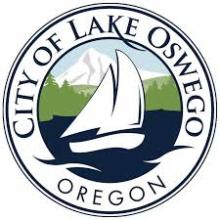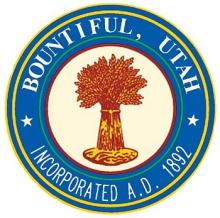
Lake Oswego School District (LOSD) in Oregon is set to make an investment that will save up to $301,000 per year in telecommunications costs - its own dark fiber network.
To Lease Or To Own? There Is No Question!
LOSD is the latest in a string of local schools that have chosen to invest in fiber infrastructure for long-term savings. Caswell County, North Carolina, is also investing in dark fiber with an eye on the future. Because the school district will own the network, they will no longer be surprised by unexpected rate hikes, making budgeting easier. The money they save can be directed toward other programs and, because it is dark fiber, they are only restricted by the equipment they install and the bandwidth agreements they enter into with Internet Service Providers (ISPs). Some schools choose to become ISPs themselves or join collaborations in which they can purchase bandwidth collectively to save even more.
According to Joe Forelock, the district’s assistant superintendent for academic and student services, “This is a long-term investment for the health of the district over the next many, many years.” Once the network is in place, it will cost approximately $36,720 annually to maintain it, which is 89 percent less than what Comcast plans to charge LOSD for the 2016 - 2017 school year.
We want to note that Comcast tripled their rates from the 2015 - 16 school year, in part because the 2016 - 17 contract was only for a year while the dark fiber network is being constructed. With no competition in the region, Comcast has broad practical authority to decide what LOSD will pay. “Right now, Comcast is essentially the only game in town in many communities," Morelock says, "including LO."
Clackamas County will install the $1.54 million network; 40 percent of the total cost will be reimbursed through E-rate, the federal program for schools that pays for Internet access and certain infrastructure expenses.
“After six years, if costs remain the same and do not increase, or decrease for that matter, the district will save $181,000 per year in connectivity costs with the E-rate discount, or $301,000 per year if E-rate were to disappear,” Morelock says.
Connecting In Clackamas
Other community anchor institutions (CAIs) in Clackamas County have been connecting to the Clackamas Broadband eXchange (CBX). The CBX is the middle mile dark fiber-optic network that runs through the county, which was funded in 2010 with American Recovery and Reinvestment Act (ARRA) funding.
Duke Dexter, broadband program coordinator for Clackamas County spoke with the Lake Oswego Review:
Dexter says there was no obligation for any district or agency to join the network, but people want to travel the Internet more quickly, he says, and fiber-optic cables offer a faster link to the information superhighway.
“We built … a freeway," Dexter says, "and now, other people are building on-ramps to be able to get onto that freeway.”







